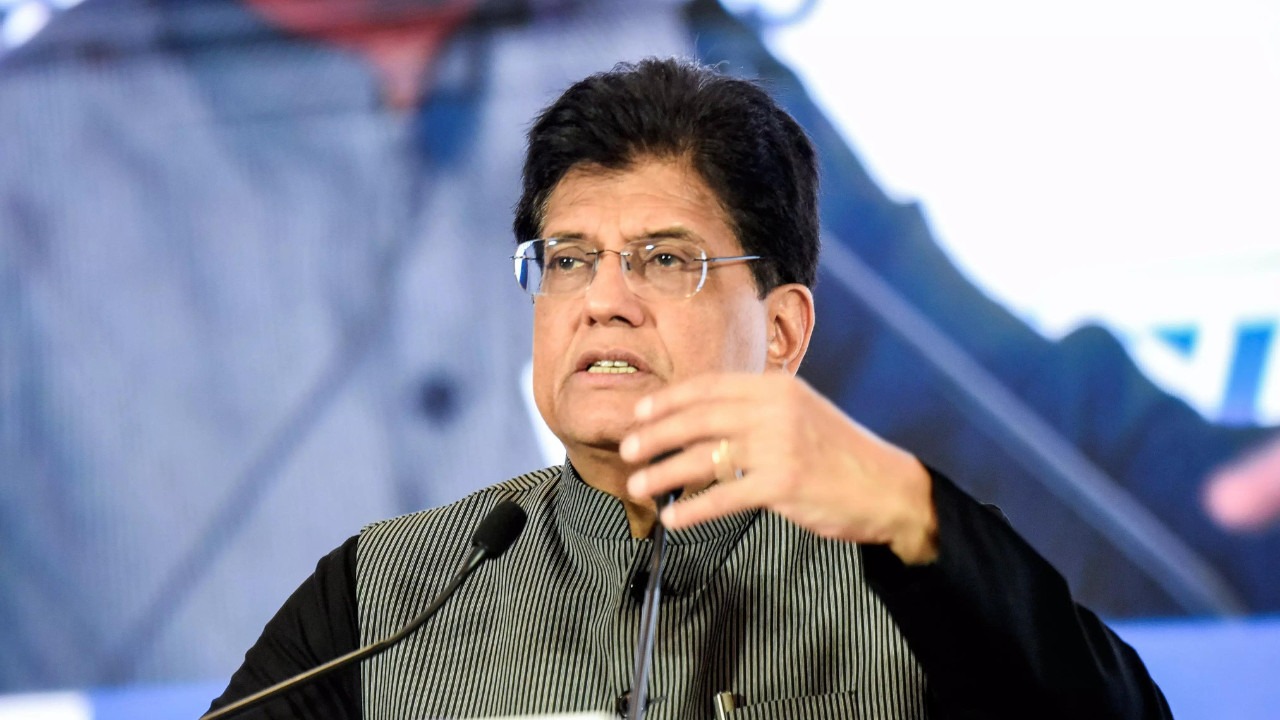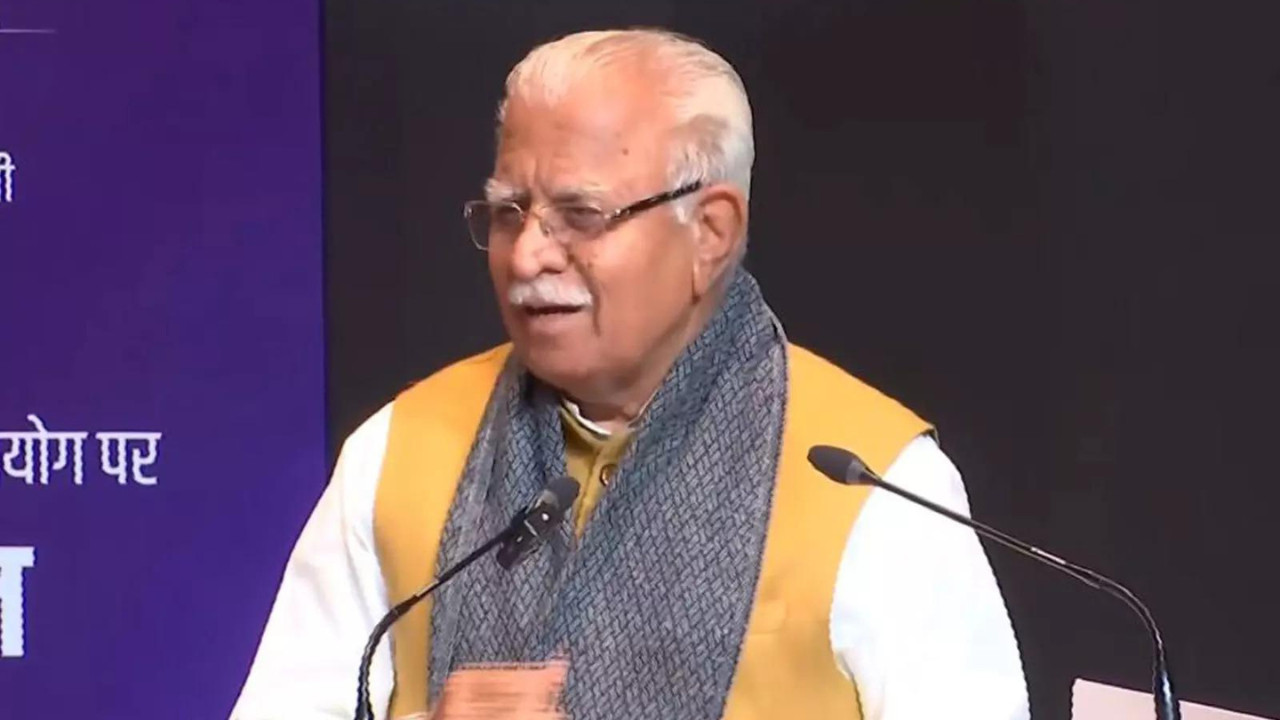Samsung is increasing its manufacturing presence in India, reinforcing the nation’s significance in the global electronics supply chain. Union Minister Ashwini Vaishnaw announced Samsung’s plans to expand its production portfolio, building upon its existing mobile phone plant, the second-largest globally. Samsung also stands as India’s second-biggest handset exporter after Apple.
India: A Manufacturing Magnet Attracting Global Giants
The buzz around India’s manufacturing sector isn’t just hype; it’s palpable. You can almost taste the ambition hanging in the air, the drive to become a global powerhouse. And it’s not just homegrown companies fueling the fire. Global titans like Samsung are placing big bets on India, significantly expanding their production portfolios and painting a vibrant picture of the nation’s manufacturing future.
Forget dusty factories of yesteryear. We’re talking about a high-tech revolution, driven by a potent mix of skilled talent, groundbreaking innovation, and a government eager to roll out the red carpet for investment. Ashwini Vaishnaw, India’s Minister for Railways, Communications and Electronics & Information Technology, recently highlighted these very factors as key drivers behind Samsung’s expanding operations within the country.
Why is Samsung Doubling Down on India?
So, what’s the secret sauce? Why is a global behemoth like Samsung choosing to significantly ramp up its manufacturing push in India? It’s a confluence of several factors, all aligning to create an incredibly attractive environment for businesses.
First and foremost: talent. India boasts a massive pool of skilled engineers, technicians, and professionals. This isn’t just about cheap labor; it’s about a highly educated and motivated workforce capable of handling complex manufacturing processes and driving innovation. Samsung recognizes this, and they’re actively tapping into this talent pool to fuel their growth.
Secondly, innovation is blooming. India is rapidly becoming a hub for research and development, with a burgeoning startup ecosystem and increasing investment in cutting-edge technologies. This environment fosters a culture of creativity and allows companies like Samsung to stay ahead of the curve. It’s not just about manufacturing what exists; it’s about creating what’s next, and India is proving to be a fertile ground for new ideas.

Finally, the Indian government’s proactive approach is undeniably critical. Policies designed to incentivize manufacturing, streamline regulations, and improve infrastructure are making it easier and more appealing for companies to invest and operate in India. This includes initiatives like “Make in India,” which aims to transform the country into a global manufacturing hub. These aren’t just slogans; they represent concrete actions aimed at fostering a business-friendly environment.
Beyond Smartphones: A Diversified Manufacturing Portfolio
Samsung’s investment isn’t solely focused on churning out smartphones, though those are certainly a significant part of the equation. The company is broadening its horizons, diversifying its production portfolio to include a wider range of products. This expansion signifies a deeper commitment to the Indian market, going beyond assembly and embracing a more comprehensive manufacturing ecosystem.
This diversification signals confidence in India’s ability to handle complex manufacturing processes across diverse sectors. It suggests that Samsung sees India not just as a place to produce goods for domestic consumption, but also as a base for exporting high-quality products to the global market. This shift is a testament to the growing maturity and sophistication of India’s manufacturing capabilities.
The Road Ahead: Challenges and Opportunities
Of course, the journey isn’t without its challenges. Infrastructure bottlenecks, bureaucratic hurdles, and the need for continuous skills development remain areas that require attention. However, the opportunities far outweigh the obstacles.
For example, enhancing supply chain efficiency is crucial for sustaining the manufacturing push in India. Streamlining logistics and reducing lead times can significantly improve the competitiveness of Indian-made products.
Moreover, fostering closer collaboration between industry, academia, and government is essential for driving innovation and ensuring that the workforce is equipped with the skills needed for the jobs of the future.
Ultimately, Samsung’s expanded manufacturing operations in India are a strong indicator of the country’s growing importance on the global stage. It’s a validation of the talent, innovation, and government support that are transforming India into a manufacturing powerhouse. As more global companies follow suit, India is poised to become an even more significant player in the global economy. Read more about how India’s tech sector is attracting global investment.
India’s Manufacturing Future: Looking Bright
Samsung’s strategic expansion reflects a broader trend: India’s manufacturing sector is booming, fueled by talent, innovation, and supportive government policies. This positive trajectory promises significant economic growth, job creation, and a stronger position for India in the global marketplace. As India continues to refine its manufacturing ecosystem, expect even more global giants to recognize its immense potential and join the manufacturing revolution.







